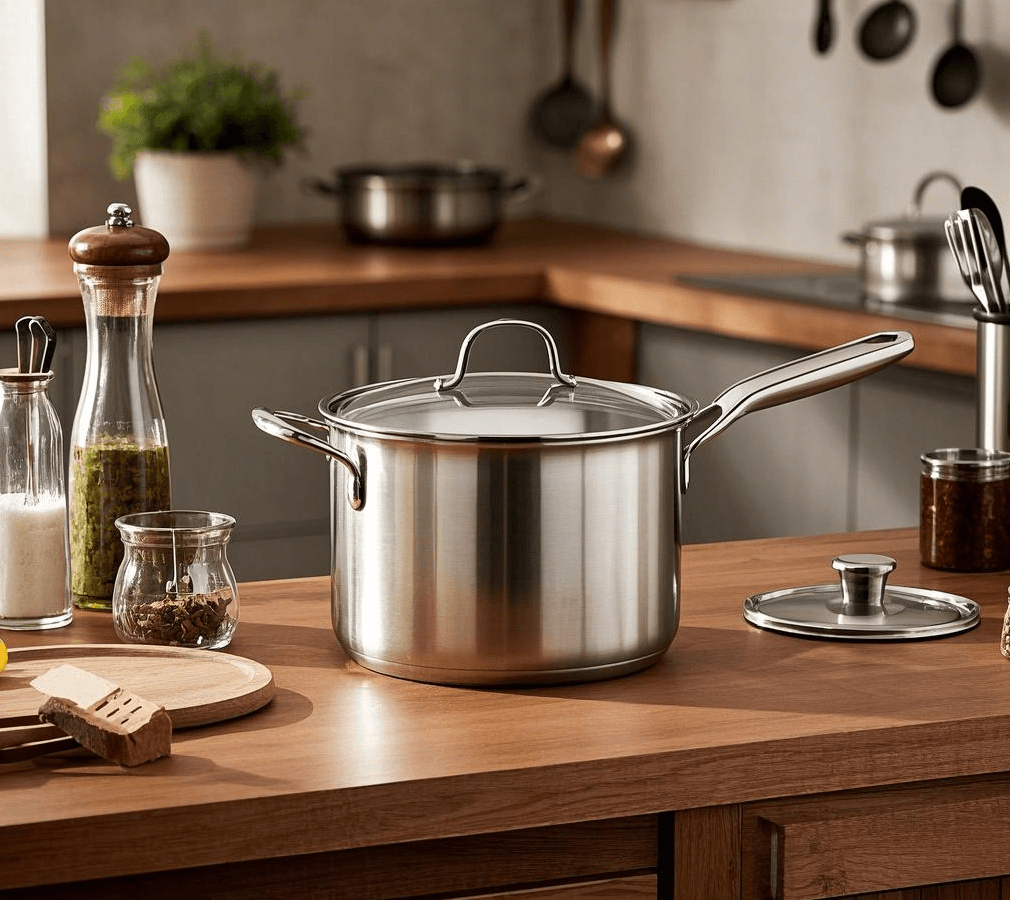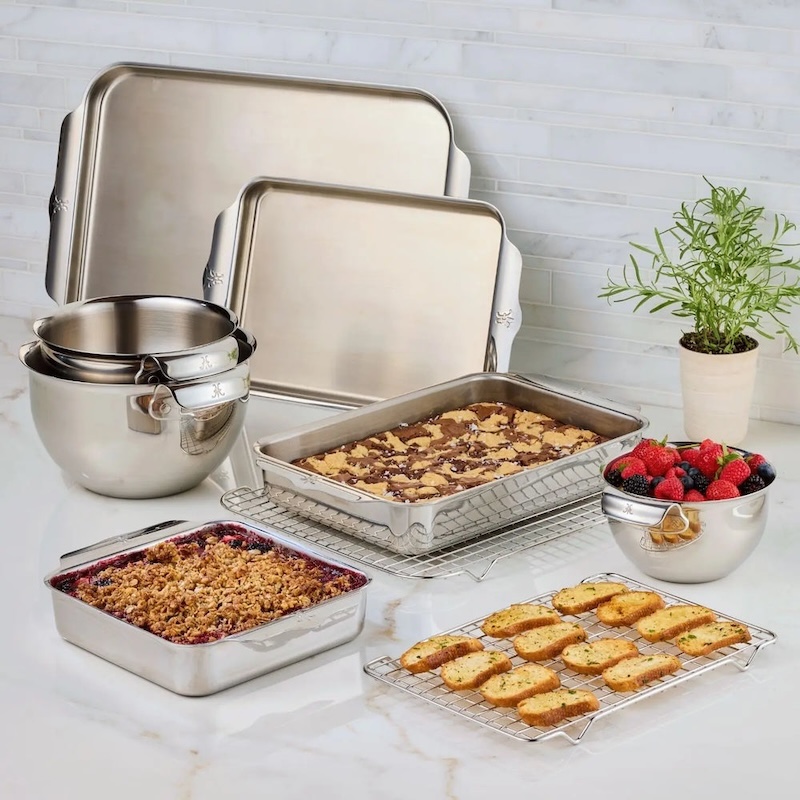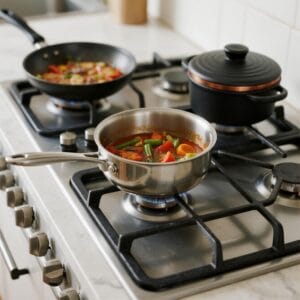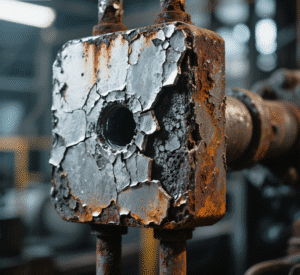Introduction: Versatility is key to triply cookware appeal.
Triply cookware, with its layered construction of materials such as stainless steel, aluminum, and copper, offers remarkable flexibility. This versatility allows it to adapt to a wide range of cooking styles and cuisines, making it an ideal choice for both home chefs and professional kitchens. How does this versatility translate into practical benefits in everyday cooking?
Triply cookware is suited for various cooking methods, from slow simmering to high-heat searing, making it ideal for different types of cuisines.
Let’s delve into how its construction and properties make it adaptable to different cooking needs.

1. How Does Triply Cookware Support Different Cooking Techniques?
One of the main factors contributing to the versatility of triply cookware is its excellent heat distribution. The multi-layered construction allows for consistent cooking, which is crucial for various techniques like sautéing, simmering, braising, and frying.
• Even Heat Distribution: The aluminum core, sandwiched between two layers of stainless steel, provides exceptional heat conductivity. This ensures that food is cooked evenly, preventing hot spots and reducing the chances of burning.
Learn more about heat distribution in cookware
• Adaptable to Different Techniques: Whether you’re searing meat at high temperatures or cooking a delicate sauce at low heat, triply cookware can handle it. Its ability to retain heat allows for efficient slow cooking, while the stainless steel exterior can also withstand higher temperatures for quick frying or browning.
The even heat distribution and adaptability to various cooking methods make triply cookware suitable for diverse techniques.
2. How Does Triply Cookware Enhance International Cuisines?
Triply cookware’s versatility makes it a perfect choice for cooking a variety of international dishes, from Italian pasta sauces to Indian curries, to Chinese stir-fries.
• Ideal for Diverse Cuisines: The responsive heat properties of triply cookware allow it to handle the precise cooking techniques required in cuisines from around the world. For example, the cookware’s ability to retain heat makes it perfect for simmering stews and sauces in European or Middle Eastern cooking.
Explore how cookware affects international cuisine
• Handling High-Heat Applications: In Asian cuisines, like Chinese stir-frying, rapid heat is necessary for proper results. Triply cookware, with its heat-responsive core, heats up quickly and cools down evenly, making it ideal for such high-heat applications.
From simmering rich sauces to stir-frying at high heat, triply cookware adapts well to different cultural cooking techniques.
3. How Does Triply Cookware Perform Across Different Stovetops?
Another significant factor that enhances the versatility of triply cookware is its ability to work on a variety of stovetops, including induction, gas, electric, and ceramic.
• Induction Compatibility: Due to its magnetic stainless steel exterior, triply cookware is highly efficient on induction cooktops. This makes it a top choice for those with induction-based kitchens.
Discover induction cookware compatibility
• Gas and Electric Stoves: On traditional stovetops, triply cookware provides excellent performance due to its high thermal conductivity, ensuring quick heat-up times and evenly cooked dishes.
Triply cookware’s compatibility with various stovetops makes it versatile for any kitchen setup.

4. How Does Triply Cookware Adapt to Various Dish Sizes and Quantities?
Another reason triply cookware is so versatile is that it comes in a range of sizes and forms. From small frying pans to large stockpots, there’s a triply piece for every cooking need.
• Cooking for Small or Large Groups: Whether you’re preparing a small breakfast or a large family meal, triply cookware offers the flexibility needed for different quantities. Larger pots are ideal for stews, soups, or pasta dishes, while smaller frying pans are perfect for individual meals or quick sautés.
Learn how to choose the right cookware size
• Adjusting for Different Dishes: The varying sizes of triply cookware enable home cooks to use the right piece for each specific dish, optimizing cooking times and energy use. For example, a medium-sized sauté pan is perfect for quick frying, while a larger skillet can be used for roasting or even oven-baking.
The variety in sizes allows consumers to use triply cookware for a range of different dishes and cooking styles.
Claim: The Versatility of Triply Cookware
The versatility of triply cookware makes it an excellent investment for any kitchen. Its ability to support a wide range of cooking methods, adapt to diverse cuisines, work across different stovetops, and accommodate varying quantities of food enhances its value. With these features, triply cookware meets the needs of both everyday cooks and professional chefs.
Conclusion: Triply cookware’s unique construction and performance characteristics make it suitable for an array of cooking styles and cuisines. Whether you’re searing meat, simmering a sauce, or preparing an Asian stir-fry, its versatility ensures superior results. With this adaptability, triply cookware stands out as a must-have tool in any modern kitchen.







One Response